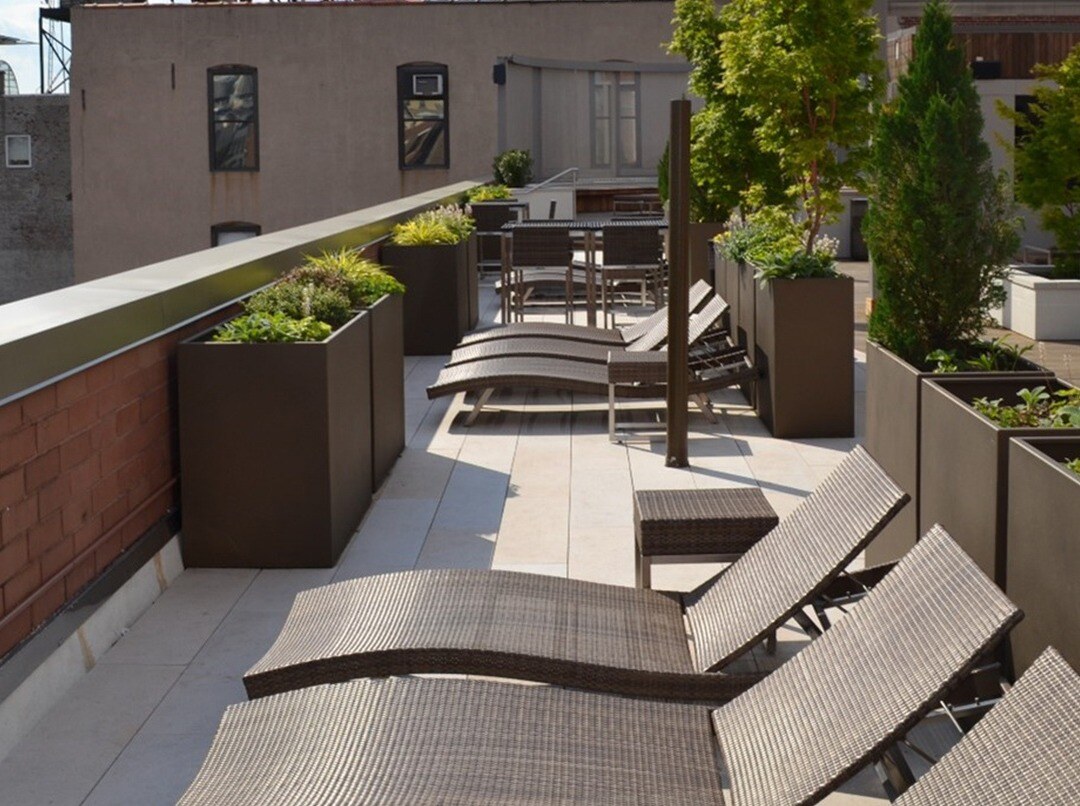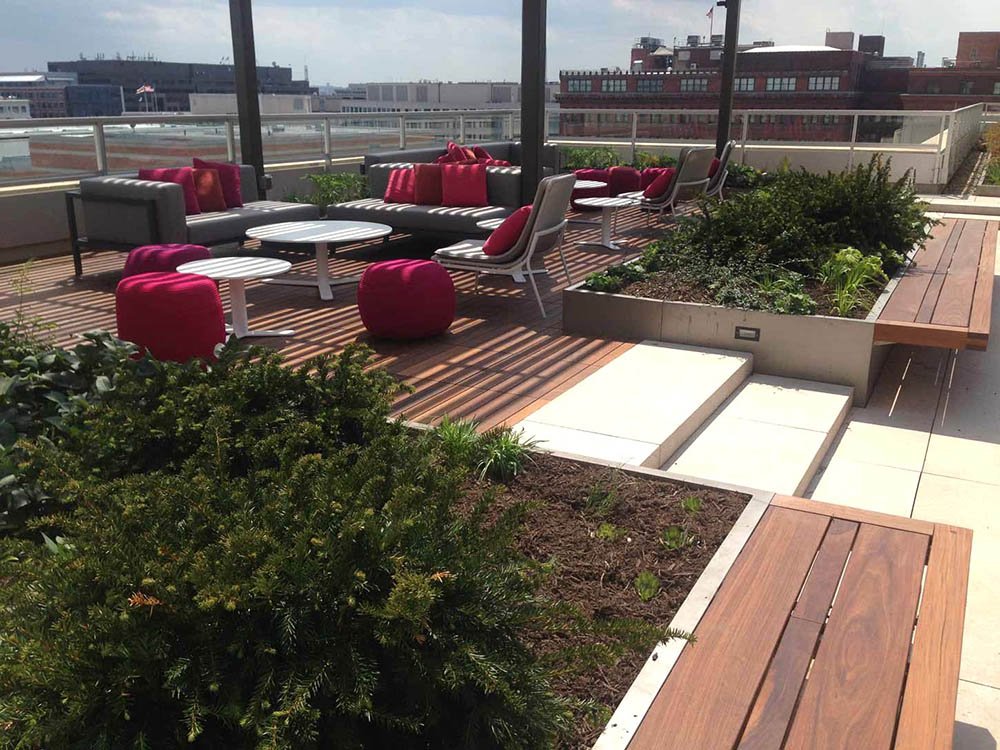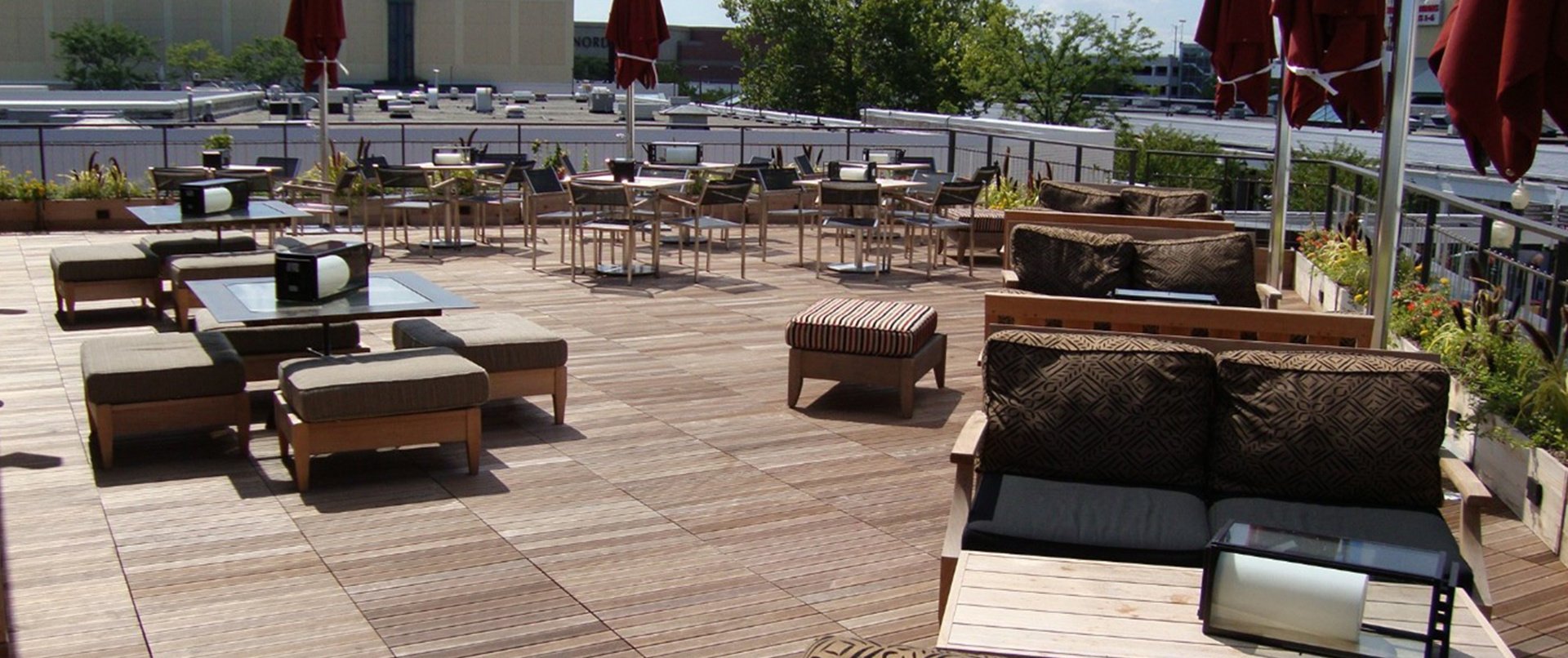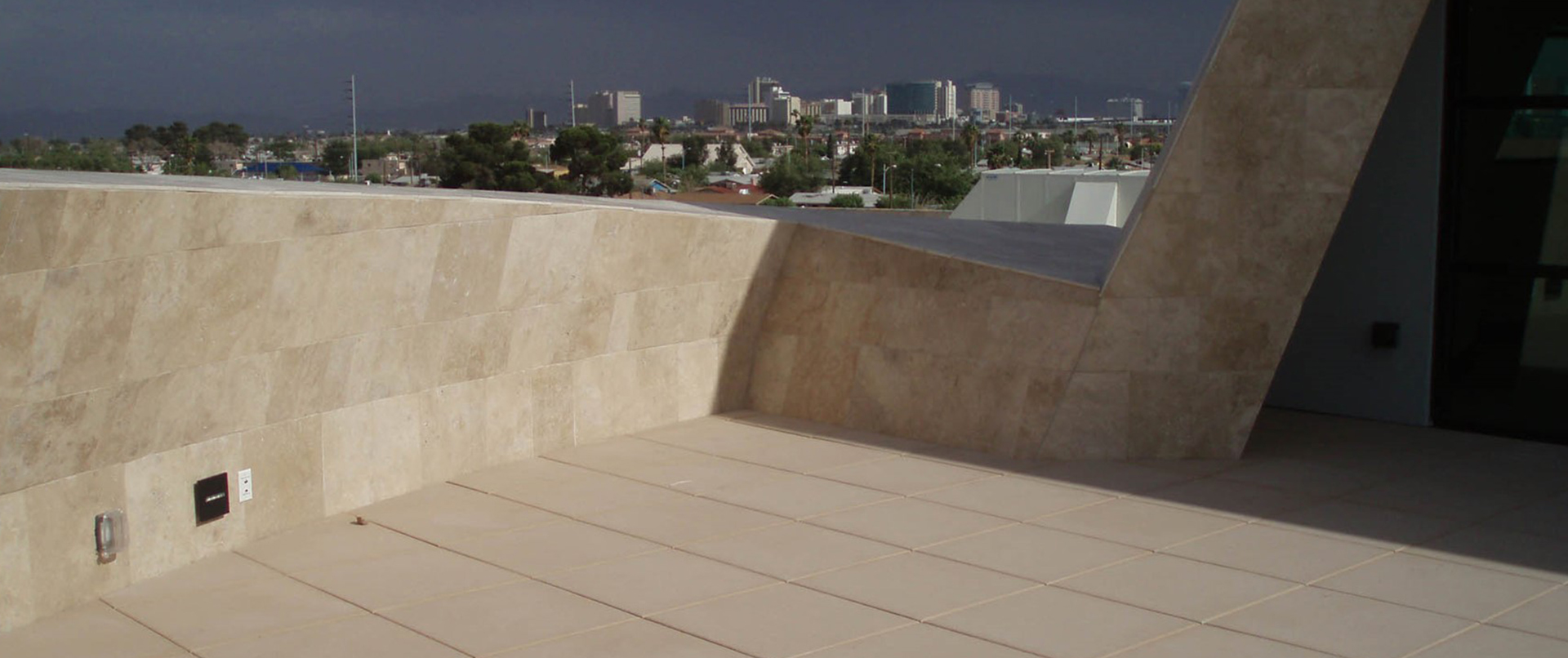Wondering how to make a green roof for your building? Green roofs are a great way to improve the sustainability of your building while also adding some extra functionality. The good news is that there are many ways to make a green roof, and this guide will walk you through some of the basics.
Remember that there is no one-size-fits-all solution, so be sure to tailor the design to fit your specific needs. With a bit of work, you can create a green roof that will benefit you and the environment.
What Is a Green Roof?
A green roof is a type of roofing system that has plants growing and vegetation and soil planted on top of it. Green roofs can be either intensive or extensive, depending on the depth of the planting substrate and the amount of maintenance required. Intensive green roofs are usually found in urban areas where there is not a lot of space, and they require more frequent watering and maintenance than extensive green roofs.
Extensive green roofs are usually found in rural areas where there is more space, and require less frequent watering and maintenance. Green roofs can help to reduce stormwater runoff, lower energy costs, improve air quality, and extend the life of the roof. They can also provide a unique aesthetic appeal, adding visual interest and value to a property.
What Are the Benefits of a Green Roof?
A green roof is a partially or completely covered roof with vegetation and soil, offering several benefits for the building and the environment. Green roofs can help to regulate indoor temperatures, reduce energy costs, improve air quality, and increase rainfall retention. They also provide additional space for gardening and recreation and can add aesthetic value to a property.
Green roofs have been shown to have many environmental benefits. They can help to regulate indoor temperatures by absorbing heat in the summer and insulating against heat loss in the winter. This can lead to reduced energy costs for heating and cooling. Green roofs also improve air quality by trapping pollutants and absorbing carbon dioxide. In addition, they help to increase rainfall retention, which can reduce runoff and flooding.
Different green roofs can also provide additional space for gardening and recreation. They can be used as a local garden to grow vegetables, fruits, herbs, and sedum plantings, or to create a green oasis in an urban environment. Green roofs can also add aesthetic value to a property and increase its resale value.
What Are the Steps Involved In Making A Green Roof?
Building a green roof is a great way to add an extra layer of insulation to your building and save on energy costs. There are a few things to consider before you start, though. Here are the steps involved in how to make a green roof:
- Choose the right location. A green roof needs direct sunlight for at least six hours per day, so pick a spot that gets plenty of sun. The roof should also be sloped (i.e., not a flat roof) so that water can drain properly. A structural engineer can be consulted to ensure that installing a green roof is safe.
- Prepare the roof surface. This includes removing any existing vegetation and cleaning the surface of dirt and debris. You'll also need to install a waterproofing membrane, root barrier, and/or pond liner to prevent leaks.
- Install the drainage system. This is necessary to ensure that the green roof doesn't get too heavy and cause damage to your building. Vegetation retains water, so a drainage layer will allow excess water to drain away, preventing flooding.
- Install the vegetation. This is the fun part! You can choose from a variety of plants and grasses for roof planting. Be sure to pick plants and planting trays that are appropriate for your climate and will thrive in the growing medium on your roof.
- Maintain the green roof. Once installed, you'll need to water and fertilize the plants regularly. You may also need to trim them back from the edges of the living roof occasionally to keep them from getting too big.
Building a green roof is a great way to reduce your carbon footprint and save money on energy costs. By following these steps, you can create a beautiful and functional DIY green roof that will last for years.
Ready To Start Your Next Project?
We’d love to help! At Bison, we specialize in providing products and systems for unique rooftop experiences (including green roofs) for all types of buildings — from apartment communities and hotels to workspaces and restaurants. If you need help designing or sourcing your next project, contact our team.
Important Notice: Bison Innovative Products recommends that all rooftop deck systems should be installed by a licensed contractor with at least 2 years of proven experience. Plans/designs for a rooftop deck should be reviewed by a safety/structural engineer before commencing construction. The roof must be able to safely carry the static and live load weights of the rooftop deck, and any amenities added along with the appropriate density of any insulation to resist crushing and damaging the waterproof membrane. Adding items such as hardscaping features, hot tubs, or pools to a rooftop deck requires additional guidance and oversight from an engineer. Property owners should research and abide by any building codes and other regulations to obtain the required permits prior to having a rooftop deck installed. Please read all product specifications posted on Bisonip.com to review all information prior to any installation.
.png?width=100&height=100&name=BisonIP-logo-PMS425-2023%20(1).png)



